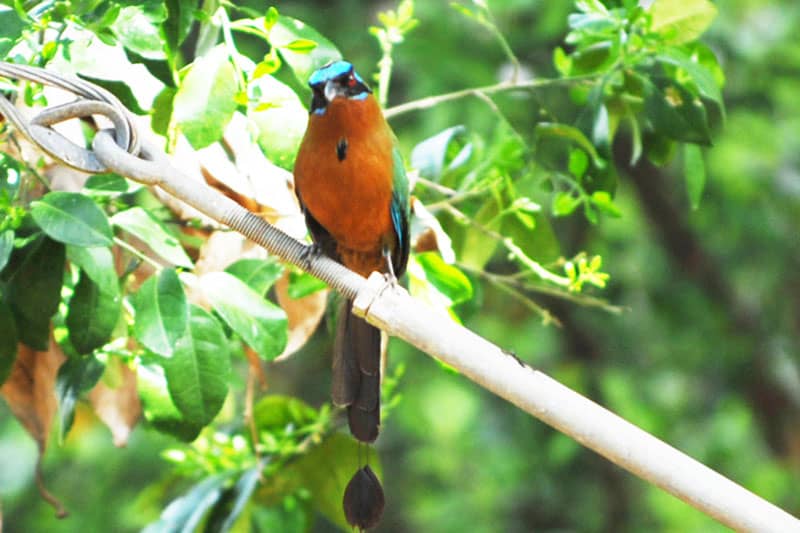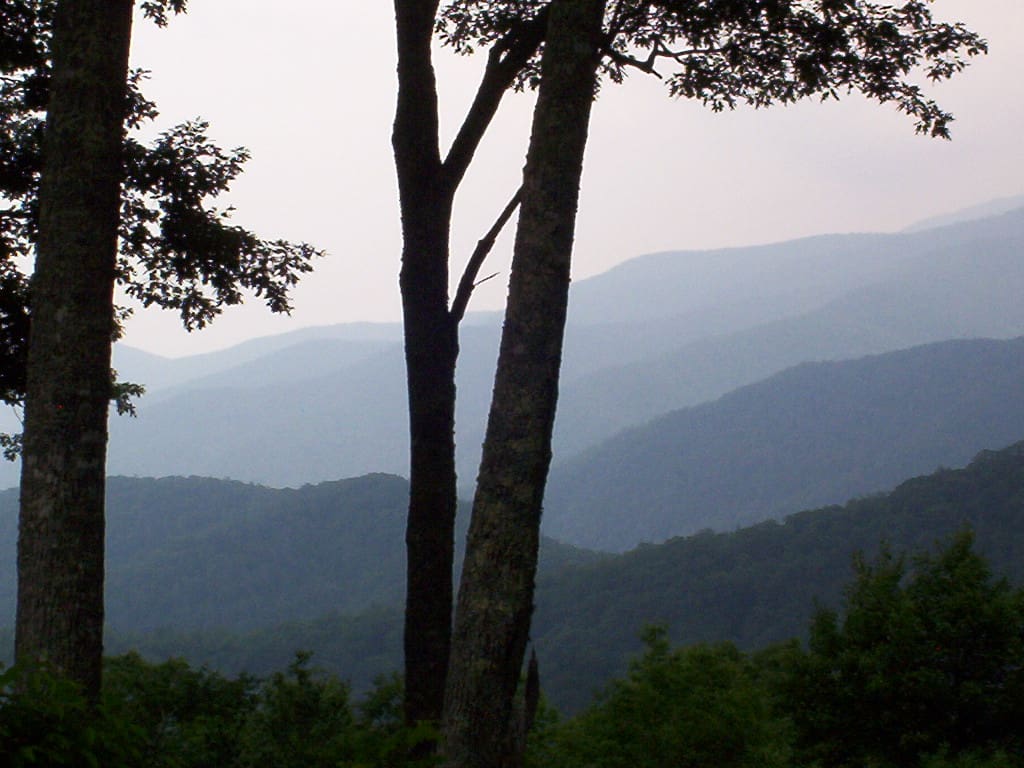A rare sand bottom river, longleaf pines, and red-cockaded woodpeckers.
Located within the premier state forest of Florida with the same name, Blackwater River State Park is one of the nation’s richest biological areas. There are 300 bird species throughout the year, 2,500 species of plants in residence, and a rare sand bottom river flowing from 45 miles upstream in Alabama into the Blackwater Bay in the south. The cool waters are tannin-color, with white sandbars sparkling through the forest. It is one of the purest sand bottom rivers in the world.
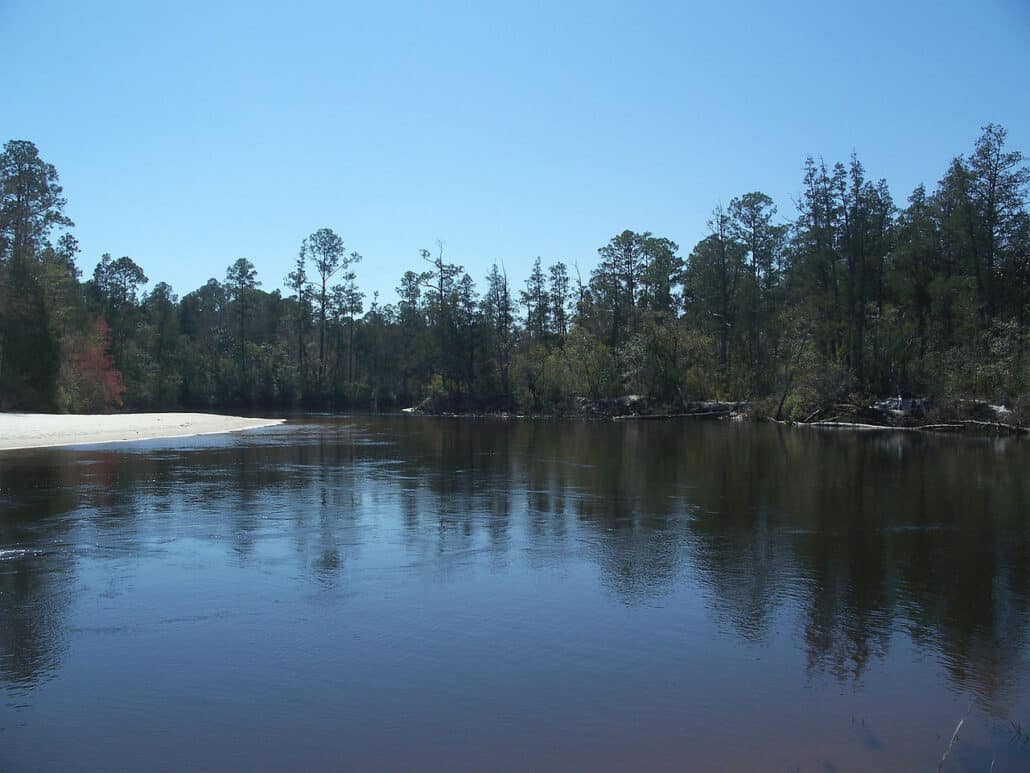
The state park is 590 acres, surrounded by the 209,571 acres of the Blackwater River State Forest, an ecosystem of longleaf pine and wiregrass rarer than tropical rain forests.
BIRD TRAILS
You’ll find 4.5 miles of maintained trails within the park, traversing through diverse habitats including floodplain forests and swamps, oxbow lakeside waters, pine flatwoods, and freshwater marshes. Continuing on into the state forest, there are 12 trails. Insider tip: Wear waterproof/slip resistant shoes; and slather on the insect repellent.
The area is part of the Florida National Scenic Trail System.
If you wish to see the world from a different perspective, the Blackwater River State Park and State Forest are known as the Canoe Capital of Florida. The area’s rivers, tributaries, and bays are best explored and birded on the water.
BIRD LIST

- Red-cockaded woodpecker (white-ringed cavity trees on Three Notch Road, Blackwater River State Forest)
- Mississippi kite
- Wild turkey
- Bachman’s sparrow
- Henslow’s sparrow
- Yellow-billed cuckoo
- Hairy woodpecker
- Broad-winged, red-tailed, and red-shouldered hawks
- American kestrel
- Wood thrush
- Prothonotary warbler
- Brown-headed nuthatch
- Chuck-will’s-widow
- Pied billed grebe
- Red-eyed vireo
- Green heron
See the Florida state parks CHECKLIST of this area for complete bird species information.
ECO-NOTE
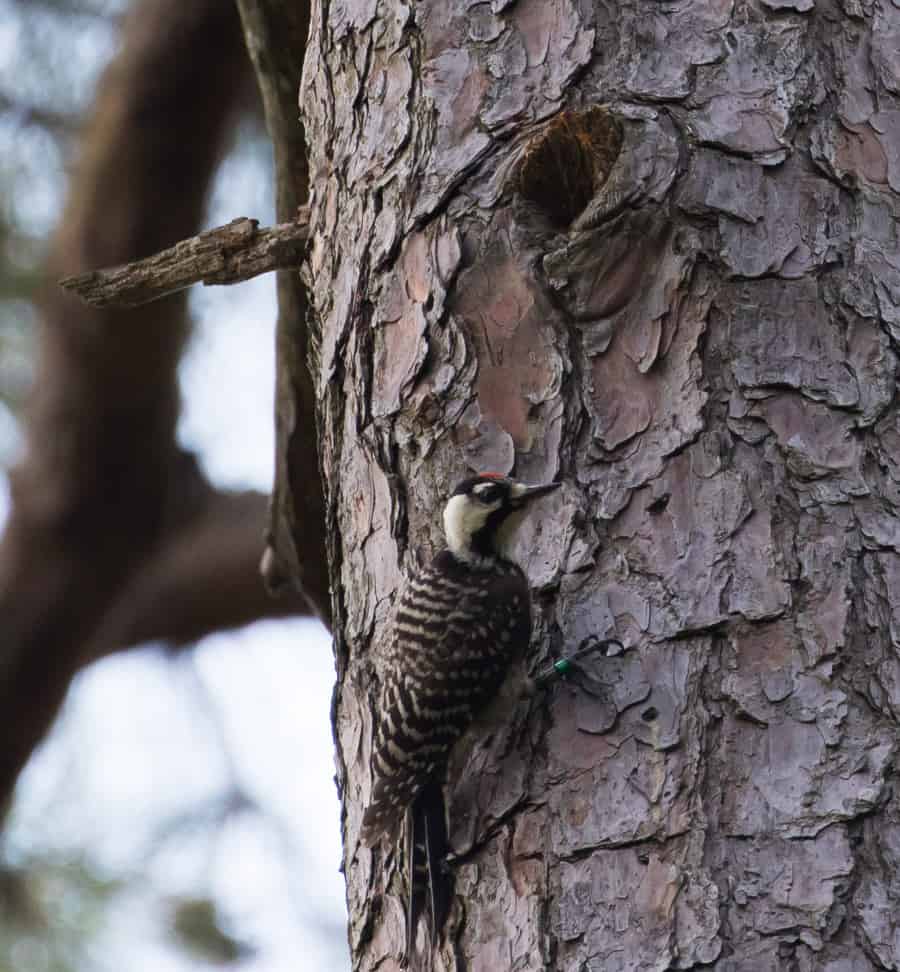
Blackwater River State Park in the Florida panhandle is part of the Blackwater River State Forest IBA. This combined area protects the “greatest coverage of old-growth longleaf pine trees remaining in the world” (Audubon); some are 500 years old. Red-cockaded woodpeckers are federally endangered, but found in “globally significant populations” here. Management of this ecosystem is top priority, with prescribed burns, longleaf forest restoration, and returning fragmented sections to the forest.
MUST-SEE

Blackwater Fisheries Center. Located just east of the park in the Blackwater River State Forest, this location is an oasis for wading and shorebirds, particularly in winter. You can walk between the ponds, and request a tour. Watch for yellowlegs, sandpipers (spotted, solitary, and pectoral), semipalmated plovers, northern rough-winged swallows, Forster’s terns, purple martins, and more.
Pitcher plant bogs. While adding to avian life lists, you can view diverse carnivorous plants, including sundews, bladderworts, butterworts, and four species of pitcher plants. Ask for directions at the ranger station.
WHERE TO STAY
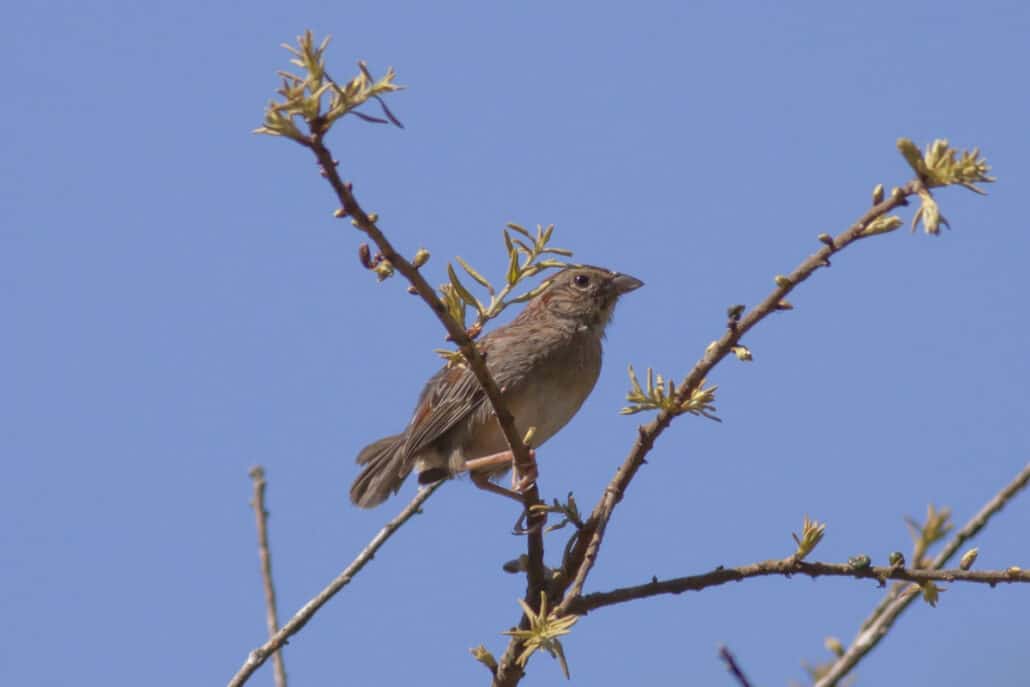
The state park area proper has 30 camping sites that will accommodate tents and up to 50-foot RVs. All spots are full service; range from full shade to sun; and can be reserved up to 11 months in advance.
The state forest boasts nine campgrounds with varying facilities.
MORE INFO
Blackwater River State Park, Florida
An in-depth (28-page) guide to the Great Florida Birding Trail, panhandle section, is availalble HERE.


